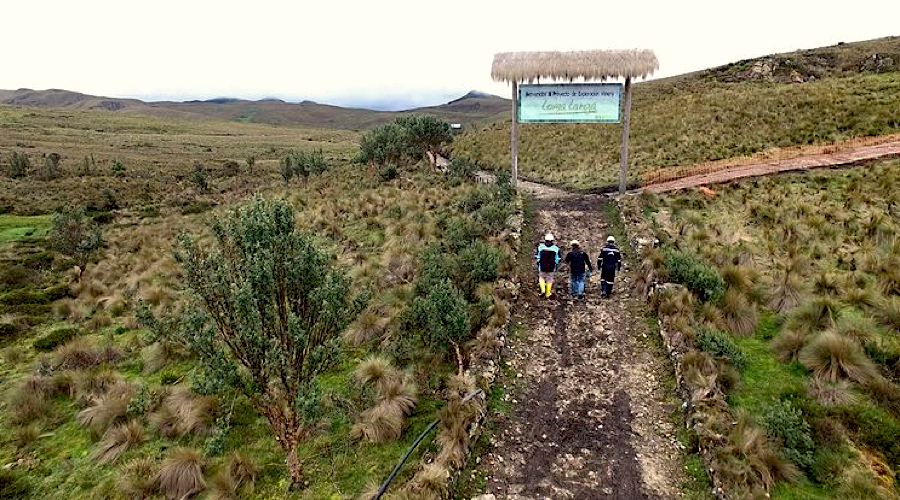CMOC to double copper output at Congo mines to 1 million tonnes by 2028

CMOC Group plans to more than double copper output from its mines in the Democratic Republic of Congo over the next four years, setting a new much higher target for the metal as future demand is seen strengthening.
The Chinese producer said it aims to raise output of the red metal to between 800,000 tons to 1 million tons by 2028 as it expands production at its flagship Tenke Fungurume and another mine Kisanfu or KFM in Congo, a spokesperson told Reuters via email.
CMOC produced about 420,000 tons of copper in 2023 and is forecast to raise output to about 570,000 tons this year.
Copper and cobalt are among the metals that are expected to continue to register future robust demand due to their use in green technologies, such as electric vehicles, that are key to helping governments globally meet climate targets.
The Chinese miner said it’s embarking on a third-phase expansion plan at its Tenke Fungurume mine, where it has invested about $2.5 billion, so far. CMOC is also rapidly expanding the KFM mine, which started production last year.
The ramp up in copper output means that CMOC will continue to churn out more cobalt even as prices for the battery metal remain depressed. At mines in Congo, cobalt–which is key for everything from battery metals to defence and aerospace industries–is produced as a byproduct of copper.
CMOC said it forecasts cobalt output to rise to between 90,000 tons to 100,000 tons by 2028. CMOC last year became the world’s No. 1 cobalt mining company with production of some 55,000 tons, and could further outpace rivals including Glencore after raising its output forecast this year to 60,000 tons-70,000 tons.
Congo is the world’s top cobalt supplier and third-largest copper producer.
Still, cobalt prices at around $27,000 a ton have plunged 70% since early May 2022.
The cobalt market could remain over supplied by about 28,000 tons and 24,000 tons this year and in 2025, respectively, analysts at Macquarie said.
“The problem for cobalt is that it is mainly a by-product of copper or nickel, and its supply is mostly dependent on those markets, rather than the cobalt price,” the analysts said in a recent note.
(By Felix Njini and Pratima Desai; Editing by Sharon Singleton)
More News
{{ commodity.name }}
{{ post.title }}
{{ post.date }}



Comments